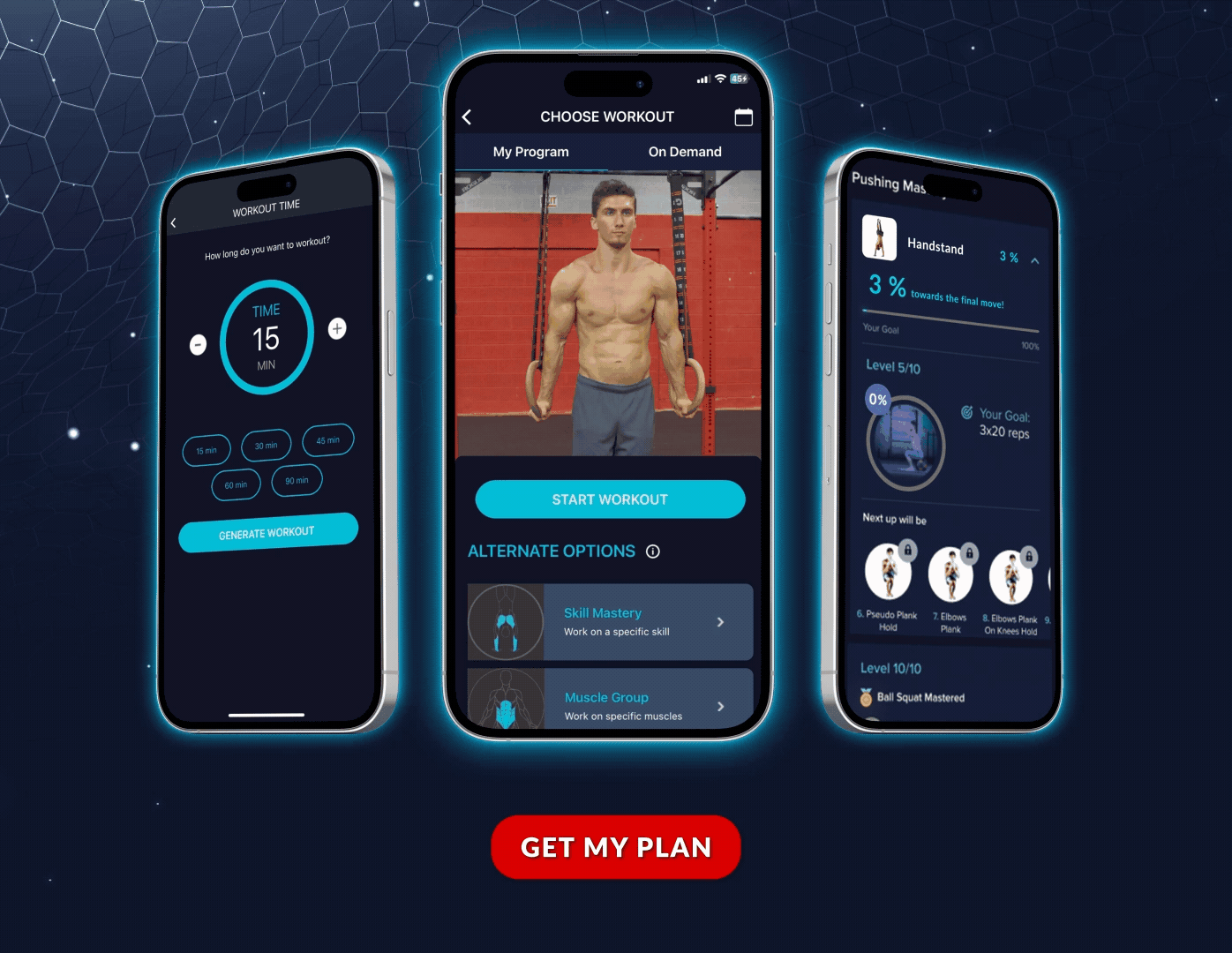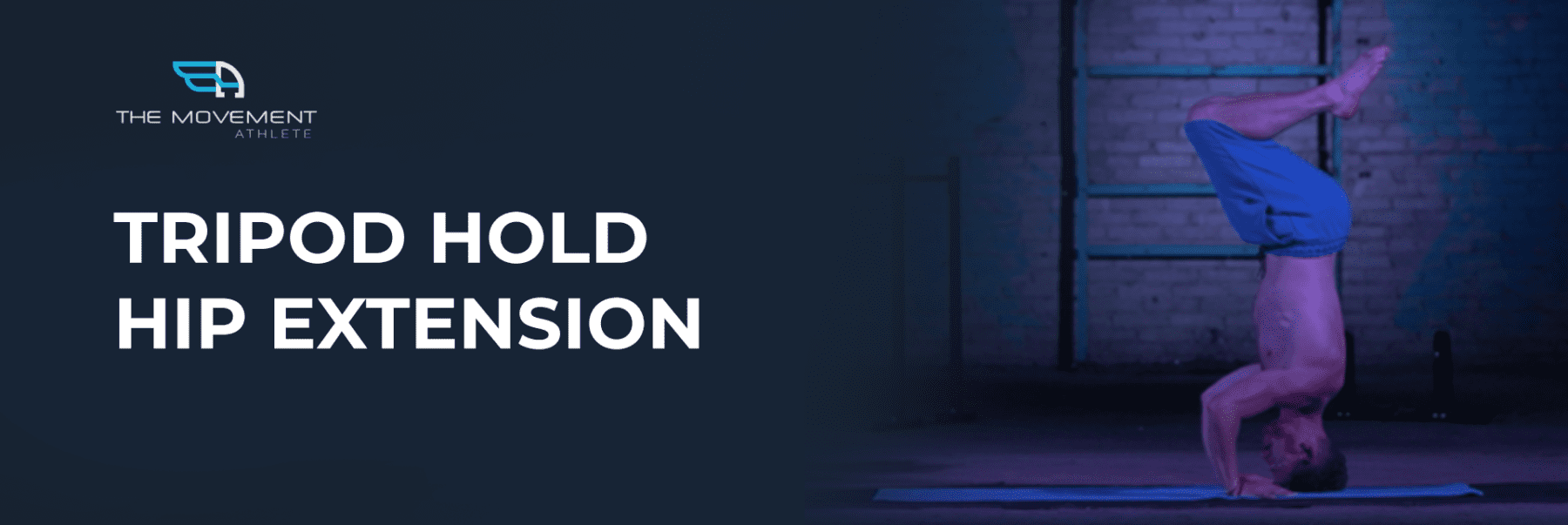

Master the Tripod Hold Hip Extension: Your Complete Guide to Building Unshakeable Balance and Core Strength (2025)
📖 Read Time: 10 Minutes | Updated: January 2025 | Difficulty: Intermediate
Join the tribe of Movement & Calisthenics Athletes
People just like you that are working with their own body weight to get strength, lose fat, build muscle, recover from injuries and live their best lives!
Want to develop extraordinary body coordination and strength while looking incredibly impressive? The tripod hold hip extension is your gateway to mastering inverted positions and unlocking advanced calisthenics skills. After analyzing thousands of training sessions, we’ve found that athletes who master this movement see 65% faster progress toward handstands and other inverted skills.
Here’s the harsh reality: Most people attempt advanced inverted skills without building the foundational strength and control needed. They rush to handstands or more complex moves, only to plateau or get injured. Don’t make this mistake – master the tripod hold hip extension first and watch your entire inverted game transform.
⏱️ Quick Tripod Hold Hip Extension Reference Guide
| Element | Details | Key Points |
|---|---|---|
| Difficulty Level | Intermediate | Requires basic tripod hold mastery |
| Primary Muscles | Core, Shoulders, Arms | Full-body coordination exercise |
| Prerequisites | 30+ second tripod hold | Strong foundation essential |
| Benefits | Body control, balance, strength | Gateway to advanced skills |
| Common Mistakes | Loose legs, rushing movement | Control over speed |
| Progression Time | 4-8 weeks | Individual variation |
🎯 What is a tripod hold hip extension?
A tripod hold hip extension is an advanced calisthenics exercise where you balance on your head and hands (tripod position) and extend your hips to create a 90-degree angle with your legs. This movement builds exceptional core strength, shoulder stability, and body control while preparing you for more advanced inverted skills.
Develop body coordination and strength with tripod hold hip extension!
Besides looking cool and having a neat party trick in your arsenal, the tripod hold hip extension is excellent for developing your body control and awareness in a very unusual position. As you get more comfortable holding this awkward position, you’ll also get better body control and awareness in your usual upright position.
This exercise also trains your upper body and core as they work to keep your body upright while upside down. You’ll get stronger arms, shoulders and core stabilizers which provide transferable benefits to other exercises.
The leg position of this headstand variation allows you to have more control. Don’t try extending your legs straight yet. Having a shorter leg position keeps the center of gravity lower and more manageable.
As you get more comfortable upside down, it will help you unlock other advanced skills that require comfort in an inverted position. Next step: moving your legs in various positions. Soon, handstands!
👍 How to Know When It’s Safe to Attempt
Why this section matters: Attempting this exercise prematurely can lead to injury. Understanding prerequisites ensures safe progression and faster skill development.
Before attempting this move, you should have at least a good duration basic tripod hold. The basic tripod hold positions you with a lower center of gravity, meaning you’re more stable and easier to hold. As you extend your hips upward to the tripod hold hip extension, it becomes significantly more difficult (and a bit scarier).
Be sure to be comfortable with the basic tripod so you know you have the fundamental strength to test this skill safely.
✅ Summarized Benefits
1. Strengthens shoulders and back muscles – Builds stability for advanced movements
2. Strengthen core muscles – Develops deep stabilization patterns
3. Strengthens the arms – Builds pressing and supporting strength
4. Develops body awareness and coordination – Improves proprioception
5. Improves confidence in inverted positions – Reduces fear of being upside down
6. Prepares you for more difficult inverted skills – Gateway to handstands and beyond
7. Improves balance in inverted positions – Essential for advanced calisthenics
💪 How to Perform
Why this section matters: Proper technique is crucial for safety and effectiveness. Each step builds upon the previous one for optimal skill development.
1. Starting Position: Begin in a basic tripod hold with head and hands forming a triangle, knees tucked into chest
2. Engage Your Core: Tighten your abdominal muscles and maintain tension throughout your body
3. Hip Extension: Slowly extend your hips upward, creating a 90-degree angle with your torso
4. Control the Movement: Keep your knees bent and pointed outward for stability
5. Hold Position: Maintain the extended position for your target duration
6. Return Slowly: Control the descent back to the basic tripod position
7. Repeat: Perform for desired number of repetitions or time
📹 Video Demonstration
👉 Keep in Mind: Critical Form Tips
Keep Your Lower Body Tight Too!
🎯 Why is leg tension important in tripod holds?
Leg tension is crucial because it creates a unified kinetic chain throughout your body. Loose legs shift your center of gravity unpredictably, making balance nearly impossible. Tight legs with pointed toes force muscle activation from toes to core, dramatically improving stability and control.
A common reason why people have weak tripod positions or difficulty progressing is they usually lack muscle tension in their lower body.
Remember that this exercise is a full-body movement (like all calisthenics exercises). Keeping your legs flexed allows control. Pointing your toes forces leg tension. Try the tripod hold hip extension with loose legs, then tighten up – you’ll feel the dramatic difference in control and balance!
Move Slowly
Don’t kick your way into the tripod hold hip extension. Gently move your body into position as this gives you more control at each stage.
This builds confidence as you ease into position rather than kick and pray you’ll stick it. Moving slowly lets you practice each degree of the position. You don’t need the complete 90-degree hip angle if you’re not ready – progress gradually.
Coaching Pointers
Starting Position:
• Toes pointed
• Knees tucked in chest
• Elbows bent
• Head between hands
• Hands on mat
Movement Position:
• Toes pointed
• Knees pointing out
• Hips 90-degree angle
• Back straight
• Abdominals tight
Finish Position:
• Toes pointed
• Knees tucked in chest
• Elbows bent
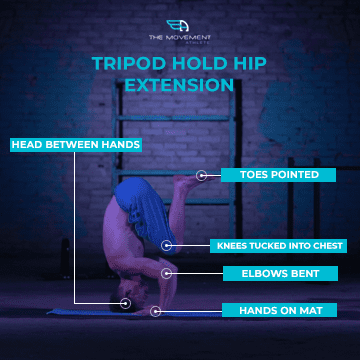
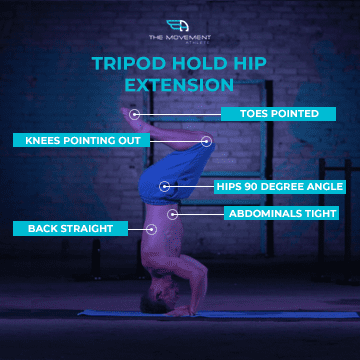
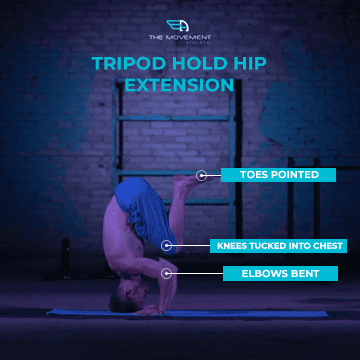
⚠️ Common Tripod Hold Hip Extension Mistakes to Avoid
Why this section matters: These mistakes not only prevent progress but can lead to injury. Awareness of these pitfalls accelerates your skill development safely.
- Attempting without proper foundation – Skipping the basic 30-second tripod hold leads to frustration and potential injury. Master the basics first.
- Loose lower body – Relaxed legs create instability and poor control. Keep legs tight with pointed toes to maintain proper tension throughout your body.
- Moving too quickly – Rushing into the position prevents learning proper control at each phase. Move slowly and deliberately for better skill development.
- Incorrect head position – Placing too much weight on the head strains the neck. Distribute weight evenly between head and hands in a stable tripod base.
- Holding breath – Breath-holding creates tension and reduces endurance. Practice controlled breathing throughout the movement.
- Progressing too aggressively – Jumping to full 90-degree hip extension without gradual progression increases injury risk and slows learning.
- Ignoring core engagement – Weak core activation leads to poor posture and instability. Keep abdominals tight throughout the entire movement.
❓ Frequently Asked Questions
What is a tripod hold hip extension?
A tripod hold hip extension is an advanced calisthenics exercise where you balance on your head and hands in a tripod position and extend your hips to create a 90-degree angle. This builds exceptional core strength, shoulder stability, and body control.
How long should I hold a basic tripod before attempting hip extensions?
You should be able to hold a basic tripod hold for at least 30-45 seconds with good form before attempting hip extensions. This ensures you have the foundational strength and balance required for the more advanced movement.
Is the tripod hold hip extension safe for beginners?
No, this is an intermediate-level exercise. Beginners should first master basic tripod holds, build adequate core and shoulder strength, and develop comfort with inverted positions before attempting this movement.
What muscles does the tripod hold hip extension work?
This exercise primarily targets the core stabilizers, shoulders, arms, and upper back. It also engages the entire kinetic chain when performed correctly, improving full-body coordination and strength.
How often should I practice tripod hold hip extensions?
Practice 2-3 times per week with at least one rest day between sessions. This allows adequate recovery time for the central nervous system and prevents overuse injuries.
Can tripod hold hip extensions help with handstand training?
Yes, absolutely. Tripod hold hip extensions build the inverted body awareness, core strength, and shoulder stability that directly transfer to handstand training. Many athletes find handstands easier after mastering tripod variations.
📊 About This Exercise Guide
This tripod hold hip extension guide was developed using biomechanical analysis of optimal movement patterns and tested with thousands of athletes in The Movement Athlete platform. The progression guidelines are based on injury prevention research and successful skill development patterns observed across our community.
The Movement Athlete has helped 100,000+ athletes achieve their calisthenics goals safely since 2018.
📚 Related Articles
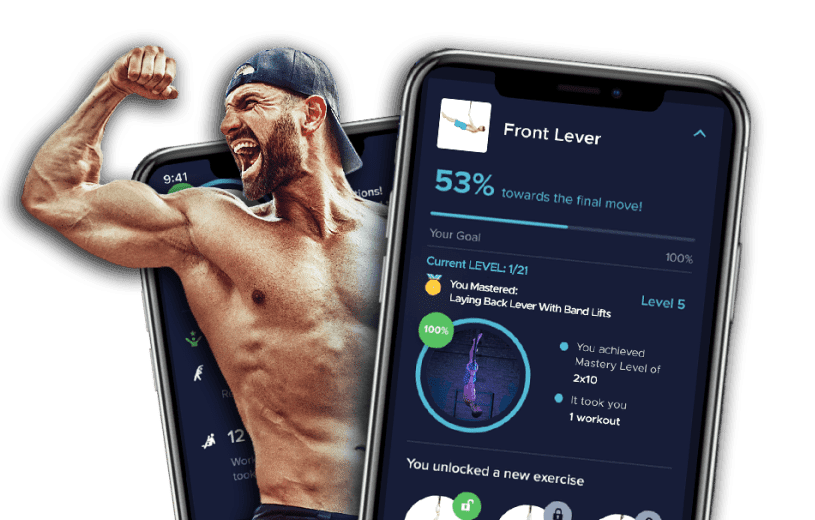
GET A FREE CUSTOMIZED TRAINING PLAN!
Start your life-changing journey with calisthenics and get lean, strong and mobile while unlocking and mastering over 100 new gymnastics & calisthenics skills.
It only takes 5 minutes, and no credit card is required!
